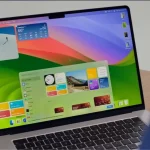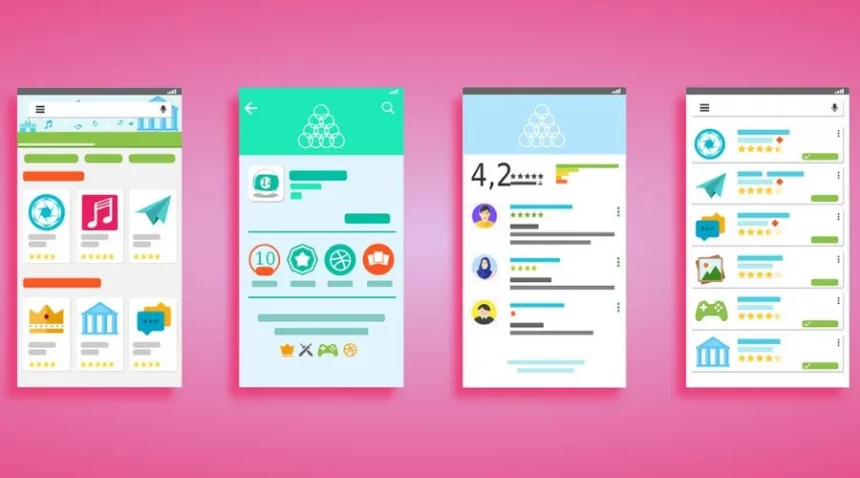Are you sick and tired of being under constant stress because of your financial circumstances? Are you having trouble keeping up with your goals for savings, spending, and income? You’re not alone if you identify with any of these feelings. It can be intimidating to navigate the complexities of financial management. The good news is that you can expedite this process with a plethora of tools and applications available to you. There are many options available, ranging from sophisticated investment platforms to cutting-edge budgeting apps. However, the selection process can become overwhelming due to the sheer number of options available. That’s the exact reason we put together this in-depth guide for beginners on financial tools and apps.
Benefits of using finance tools and apps
Using finance tools and apps offers numerous benefits for managing your money. First and foremost, these tools and apps can help you keep track of your income, expenses, and savings goals in real-time. This means that you’ll always know where your money is going and where you stand financially. In addition, many finance tools and apps offer personalized insights and recommendations based on your spending and saving habits, helping you make more informed financial decisions. Another benefit of using finance tools and apps is that they can help you automate your finances, making it easier to save money and pay bills on time. Finally, many finance tools and apps offer security features such as two-factor authentication and encryption, ensuring that your financial data is safe and secure.
Top finance tools and apps for budgeting and tracking expenses
One of the most important aspects of personal finance is budgeting and tracking expenses. Fortunately, there are numerous tools and apps available to help you with this task. Here are some of the top finance tools and apps for budgeting and tracking expenses:
- Mint – Mint is a popular budgeting app that allows you to track your expenses, set financial goals, and receive personalized insights and recommendations. With Mint, you can connect all of your financial accounts and see all of your transactions in one place.
- YNAB (You Need A Budget) – YNAB is a budgeting app that focuses on giving every dollar a job. With YNAB, you can create a budget based on your income and expenses, and then track your spending to ensure that you’re staying within your budget.
- Personal Capital – Personal Capital is a personal finance app that offers a variety of tools for managing your money, including budgeting, investment tracking, and retirement planning. With Personal Capital, you can see all of your financial accounts in one place and receive personalized investment advice based on your financial goals.
Top finance tools and apps for investing and saving
Investing and saving are important components of personal finance, and there are numerous tools and apps available to help you with these tasks. Here are some of the top finance tools and apps for investing and saving:
- Robinhood – Robinhood is a popular investing app that allows you to buy and sell stocks, ETFs, and cryptocurrencies without paying any commission fees. With Robinhood, you can also track your portfolio performance and receive personalized investment recommendations.
- Acorns – Acorns is an investing app that automatically invests your spare change from everyday purchases into a diversified portfolio. With Acorns, you can also set up recurring investments and earn cash back on purchases made with Acorns-linked accounts.
- Ally Bank – Ally Bank is an online bank that offers high-yield savings accounts and CDs with competitive interest rates. With Ally Bank, you can also open a checking account and invest in stocks, ETFs, and mutual funds through Ally Invest.
How to choose the right finance tools and apps for your needs
With so many finance tools and apps available, it can be difficult to know which ones to choose. When selecting finance tools and apps, consider your financial goals, your budget, and your personal preferences. Ask yourself questions like:
- What specific financial tasks do I need help with?
- How much am I willing to pay for finance tools and apps?
- Do I prefer a simple or more advanced user interface?
- Am I comfortable sharing my financial data with a third-party app?
Once you’ve identified your needs and preferences, research different finance tools and apps to find ones that match your criteria. Read reviews, compare features, and test out apps with free trials or demos before committing to a paid subscription.
Tips for using finance tools and apps effectively
To get the most out of finance tools and apps, it’s important to use them effectively. Here are some tips for using finance tools and apps effectively:
- Set up automatic notifications and reminders to stay on top of financial tasks such as bill payments and savings contributions.
- Regularly review your financial data to identify patterns and areas where you can cut back on expenses.
- Use personalized insights and recommendations to make more informed financial decisions.
- Don’t rely on finance tools and apps as a substitute for financial education and knowledge. Continue to educate yourself on personal finance principles and strategies.
Common mistakes to avoid when using finance tools and apps
While finance tools and apps can be helpful for managing your money, there are also some common mistakes to avoid. Here are a few:
- Over-relying on finance tools and apps to make financial decisions without understanding the underlying principles and strategies.
- Failing to regularly review and update your financial goals and budget.
- Neglecting to monitor your financial data for errors and fraudulent activity.
- Paying for unnecessary finance tools and apps that don’t align with your financial goals or needs.
Courses for mastering finance tools and apps
If you’re interested in mastering finance tools and apps, there are numerous courses available online. Here are a few:
- Personal Finance Mastery – This course covers the basics of personal finance, including budgeting, investing, and retirement planning.
- Excel for Finance – This course teaches you how to use Excel to manage your finances, including creating budgets and tracking expenses.
- Investing 101 – This course covers the fundamentals of investing, including stocks, bonds, and mutual funds.
Finance tool and app reviews and comparisons
When selecting finance tools and apps, it’s important to read reviews and compare features to find the best options for your needs. Here are a few resources for finance tool and app reviews and comparisons:
- NerdWallet – NerdWallet offers reviews and comparisons of a variety of finance tools and apps, including budgeting apps, investing apps, and savings accounts.
- The Balance – The Balance offers in-depth reviews and comparisons of finance tools and apps, as well as personal finance advice and guidance.
- Investopedia – Investopedia offers reviews and comparisons of finance tools and apps, as well as educational resources on personal finance topics.
Conclusion
Managing your money can be overwhelming, but with the right finance tools and apps, it doesn’t have to be. By choosing the right tools and apps for your needs, using them effectively, and avoiding common mistakes, you can take control of your finances and maximize your money. Remember to regularly review and update your financial goals and budget, and continue to educate yourself on personal finance principles and strategies. With these tips and resources, you’ll be on your way to financial success in no time.








